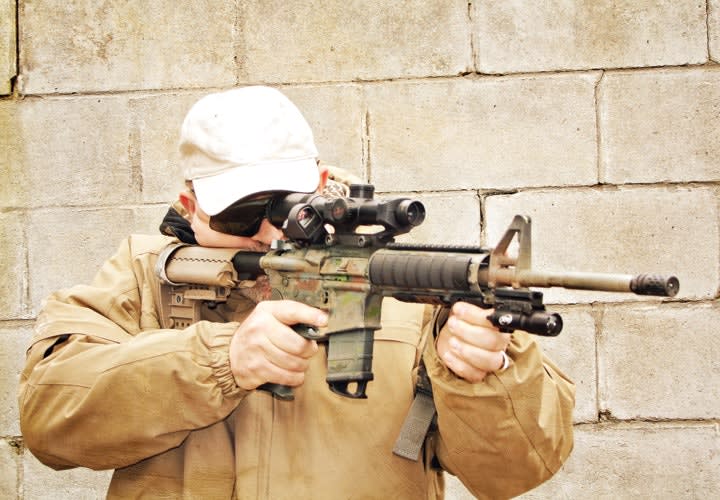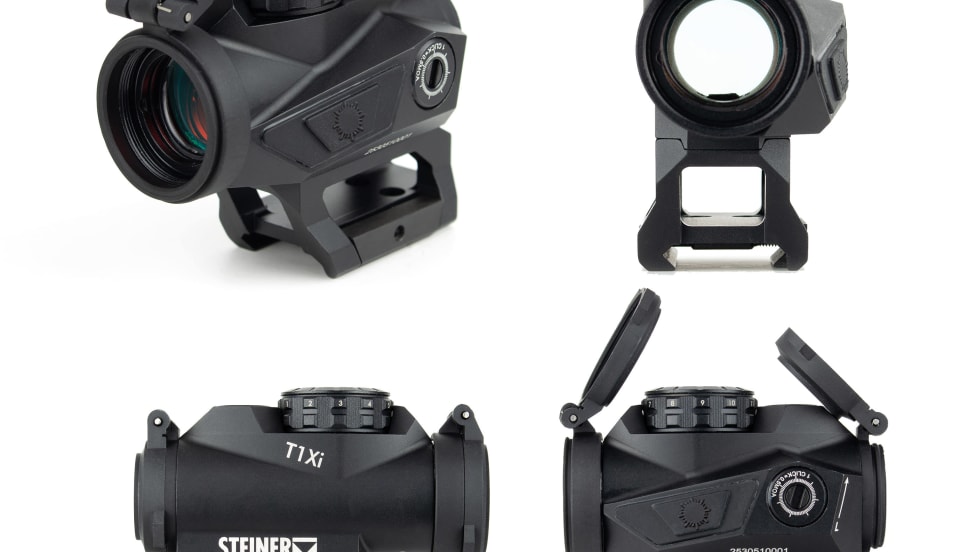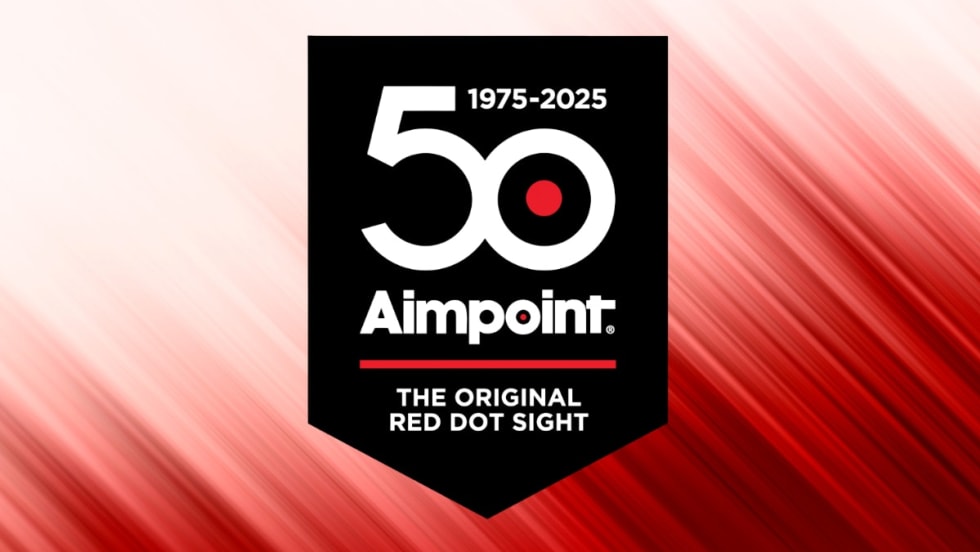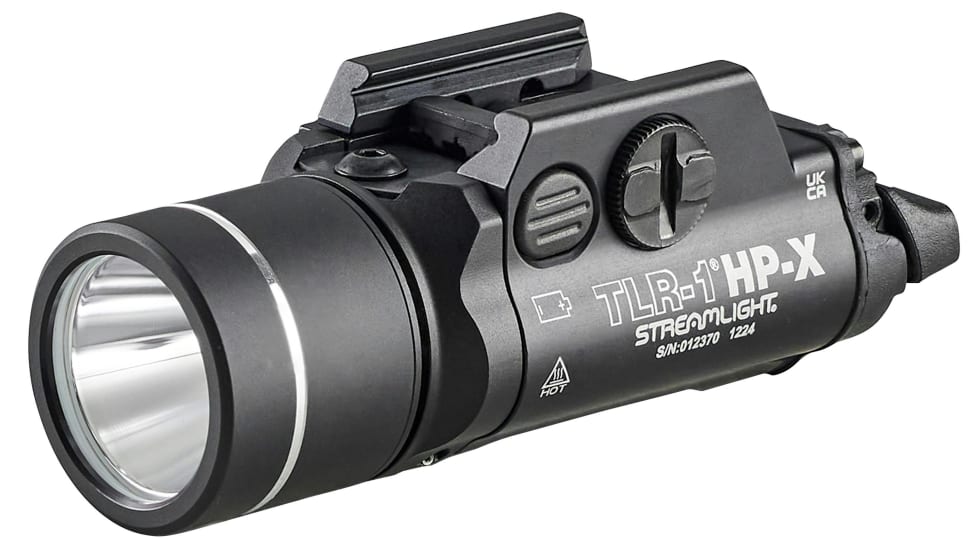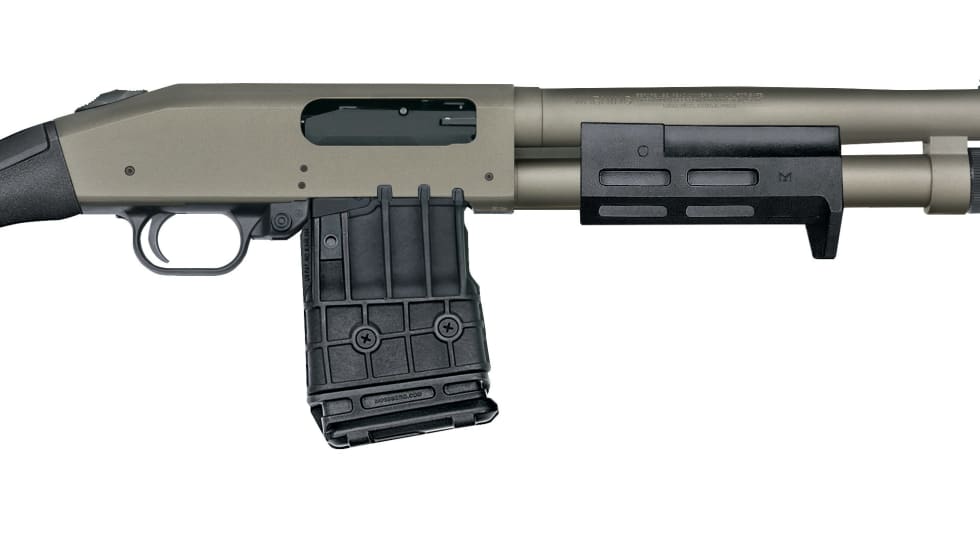Another cool AR product from Brownells is the enhanced trigger guard. This product allows you easier access to the trigger if you are wearing gloves. It fits like a glove and is easy to install.
You can also ensure your AR is safe and empty in training or in transport with the Brownells magazine well block. It simply clips into the ejection port with a block for the barrel to prevent an errant round from accidentally going up the chamber.
You're also going to have to clean your AR, and I think Iosso Products' AR-15 Cleaning Kit is the cat's meow. It will clean every hard to reach spot including the gas tube, and it does the tube in one swipe. There are brushes to clean the bolt carrier and chamber, and a bore cleaning rope for the barrel. Coupling Iosso's Bore Cleaner and Triple Action Oil Solution will make short work of cleaning the nasty nooks and crannies of an AR.
I have found that ARs are easier to maintain with some tools specifically designed for the task. Options include the Brownells Multitasker, Leatherman MUT, Gerber eFECT, and Samson's Field Survivors. These all have tools to adjust sights, clean the bolt, and remove pins that are specific to the AR. And believe me, they are worth every penny.
To secure my AR when cleaning or doing any work on it, I use MTM's Tactical Range Box, which is kind of like a third hand. Not only are there two wedges to hold your weapon to mount optics or safely set your weapon down, there is also a magazine holder. This inserts into the magazine well so you can open the upper from the lower receiver for easy cleaning. The Tactical Range Box not only is a cleaning and work station, it also carries tools for cleaning and shooting.


